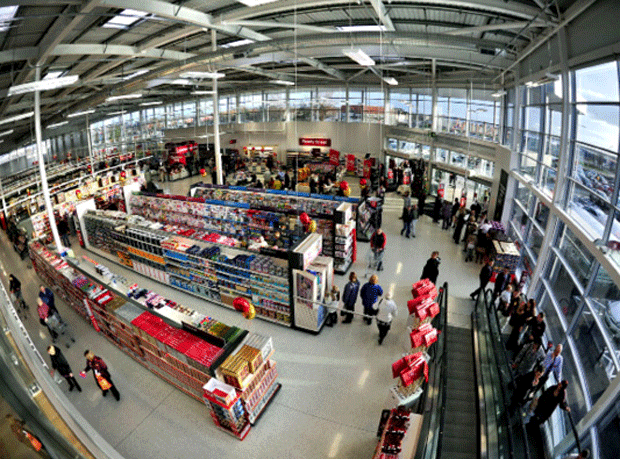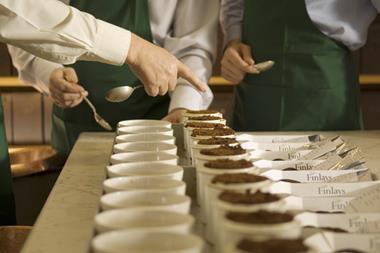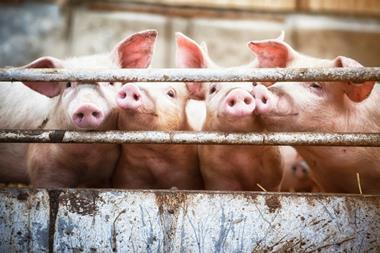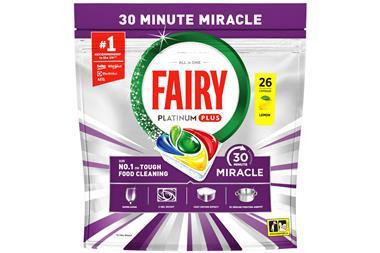
Like-for-like sales in Sainsbury’s c-stores are growing ahead of the overall convenience market, according to group commercial director Mike Coupe.
Speaking exclusively to The Grocer after Sainsbury’s delivered its 35th consecutive quarter of sales growth (2% excluding fuel), Coupe said that while it never breaks out its c-store performance, underlying like-for-like sales for Sainsbury’s Locals were growing faster than rivals.
Overall, Sainsbury’s 573-strong convenience estate grew 20% year-on-year during the 16 weeks to 28 September as shoppers topped up more often in a warm summer.
However, Coupe stressed the recent run of success owed more to the execution of its strategy rather than the sunshine.
“There was a bit of a bonus from the weather but at the end of the day it was the same for everyone,” he said. “We’ve been doing convenience since 1997 and there is a lot of science and experience behind what we do. We have fabulous shops and use micro-ranging to meet the needs of the different types of customer.”
Sainsbury’s was also buoyed by a strong performance in another key growth area - online. The retailer’s online grocery business grew 15% during the quarter and is now worth over £1bn in annual sales.
Its performance this week was in stark contrast to that of Tesco, which recorded a 0.5% fall in UK like-for-like sales for the six months to 24 August. Much of this, said CEO Philip Clarke, was due to a difficult half for non-food sales. “General merchandise is a big drag for us,” he admitted.
Tesco is looking at ways to improve the offer at its largest hypermarkets, as much of the market for big-ticket electrical goods and some of its other key non-food ranges has moved online. Clarke declared 2014 “the year of the hypermarket” after he revealed Tesco would carry out 60 to 75 refits of its biggest stores by the end of next year.
However, Coupe said Sainsbury’s clothing and GM business continued to grow at twice the rate of its food. “We have always looked to keep our main non-food focus on the home - home textiles and kitchen,” he said. “These are compatible with our food business, areas that have not been attacked by the internet in the way some other categories have.”
He also said Sainsbury’s was not as exposed as some of its other rivals to the problems posed by having too many big sheds. “We only have five stores that are over 100,000 sq ft and they are among our best-performing sites. Our big stores are more in the 55,000-60,000 sq ft bracket and that format will be around for at least the rest of my lifetime.”



















No comments yet